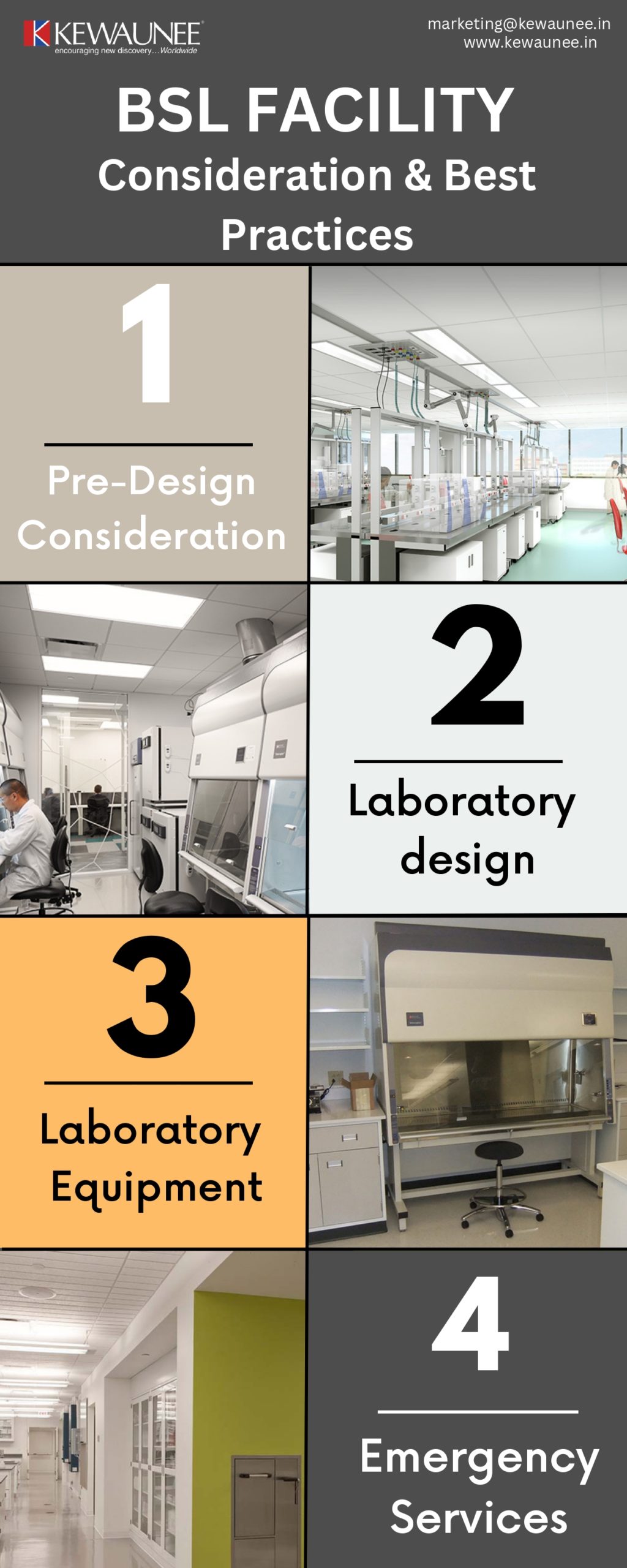Designing A BSL Facility Considerations Best Practices
A BSL (Biosafety Level) facility is a laboratory designed to handle and contain dangerous biological agents and materials. It is designed to protect workers, the environment, and the community from exposure to these materials.
BSL facilities are essential for conducting research and experimentation with dangerous biological agents and materials. They are used in a wide range of fields, including medical research, biotechnology, and public health.
The design of a BSL facility is crucial for ensuring the safety and security of the workers, the environment, and the community. It is essential to consider all aspects of the facility, from the layout and materials to the laboratory equipment and ventilation systems.
BSL Facility Design Considerations
Levels of BSL (Biosafety Level 1-4)
There are four levels of BSL, each with their own specific design requirements. BSL-1 is the lowest level, and is used for work with agents that are not known to cause disease in healthy adults. BSL-4 is the highest level, and is used for work with agents that are highly dangerous and can cause death or severe illness.
Design requirements for BSL Levels
The design requirements for each level of BSL vary depending on the level of risk associated with the agents being handled.
For example, BSL-1 facilities typically have basic laboratory equipment and safety precautions, while BSL-4 facilities require advanced containment systems, such as airlocks and positive pressure rooms, as well as specialized laboratory equipment like biosafety cabinets and laminar airflow workstations.
Selecting the appropriate level of BSL
It is crucial to select the appropriate level of BSL for the type of work being performed in order to ensure the safety of workers, the environment, and the community.
Using a higher level of BSL than is necessary can be costly and unnecessary, while using a lower level than is required can put workers, the environment, and the community at risk.
Laboratory equipment for BSL facilities
Laboratory equipment like biosafety cabinets and laminar airflow workstations play a critical role in the design of BSL facilities.
They are essential for providing the necessary level of containment and protection for the agents being handled. It is important to select the right equipment to meet the specific requirements of the BSL level.
Best Practices for BSL Facility Design
Key design elements
The layout, ventilation, and materials used in a BSL facility are crucial for ensuring the safety and security of the workers, the environment, and the community. Proper design can help to prevent the spread of dangerous agents, control temperature and humidity, and provide adequate lighting and airflow.
Proper barrier design and containment systems
Barrier design and containment systems are critical for preventing the release of dangerous agents into the environment and ensuring the safety of workers. These systems include airlocks, positive pressure rooms, and specialized laboratory equipment like biosafety cabinets and laminar airflow workstations. It is important to ensure that these systems are properly installed and maintained to ensure their effectiveness.
Maintaining a safe and secure BSL facility
Proper maintenance is crucial for ensuring the safety and security of a BSL facility. This includes regular testing and calibration of laboratory equipment, regular cleaning and decontamination, and regular inspections to ensure that the facility is in compliance with all regulations and guidelines.
Selecting the right laboratory equipment
Choosing the right laboratory equipment is crucial for ensuring the safety of the workers and the effectiveness of the containment systems. It is important to consider factors such as the type of work being performed, the specific requirements of the BSL level, and the available budget when selecting equipment.
BSL Facility Construction and Commissioning
Construction process for a BSL facility
The construction process for a BSL facility includes several steps, such as site selection, design and planning, construction, and commissioning. Each step must be executed with safety and compliance in mind.
Proper installation and commissioning of BSL facility
Proper installation and commissioning of a BSL facility is crucial for ensuring the safety and effectiveness of the facility. This includes proper installation of the barrier design and containment systems, as well as the laboratory equipment like biosafety cabinets, laminar airflow, etc.
Validation and testing of a BSL facility
Validation and testing are critical for ensuring that a BSL facility is safe and effective. This includes testing of the barrier design and containment systems, as well as the laboratory equipment to ensure that they are functioning properly.
Conclusion
A properly designed BSL facility is crucial for ensuring the safety and security of the workers, the environment, and the community. It is important to consider all aspects of the facility, including the layout, materials, laboratory equipment, and barrier design and containment systems.
It is important to consider all aspects of BSL facility design and construction, including the laboratory equipment, to ensure the safety and effectiveness of the facility.
Laboratory managers and designers should prioritize safety and compliance when designing and constructing BSL facilities to ensure the safety of the workers, the environment, and the community.
Comments are closed.











